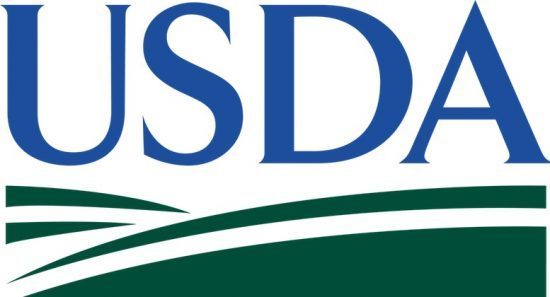Some stakeholders say specific changes in final hemp rules from the U.S. Department of Agriculture (USDA) are welcome, but they hope to see further refinement as the Biden Administration takes up the White House beginning Wednesday.
USDA’s Agricultural Marketing Service (AMS) released the rules Friday. To be published in the Federal Register Tuesday, the regulations are to take effect March 22, 2021. But the rules are likely to be frozen next Wednesday, the first day of the Biden Administration, under common practice of incoming U.S. administrations. That would give the USDA and stakeholders time to work out refinements throughout 2021.
“Considering the limits Congress put on USDA and DEA’s intimidation tactics, this is a hopeful middle ground,” U.S. hemp veteran and consultant Richard Rose said of the rules released Friday. “Marijuana laws have always been hemp’s biggest problem.”
The U.S. Drug Enforcement Administration (DEA) has been an uninvited guest to the hemp rule making process, aggressively and persistently asserting itself into the industry despite the U.S. Farm Bill’s express removal of hemp from the Controlled Substances Act.
‘Historic step’
Outgoing Agriculture Secretary Sonny Perdue has said the DEA continually pushed back as USDA went about setting hemp regulations, criticizing the drug agency, which he said was opposed to the creation of a hemp program since that initiative started early in the last decade.
“Many are justifiably disappointed by the DEA’s continued role in the agricultural hemp program, but there were also a number of positive improvements,” Shawn Hauser of cannabis law firm Vicente Sederberg LLP told Marijuana Moment after the rules were released. “We are undoubtedly making progress, and we will continue to work with regulators and through Congress to perfect the regulatory structure for hemp,” said Hauser, who called Friday’s release “a historic step forward for hemp in the U.S.”
In discussion about THC that frames the rules, USDA noted that only an act of the U.S. Congress can raise the THC limit beyond 0.3%, a change that is sought in the MORE Act, proposed legislation put forth by U.S. Sen. Rand Paul of Kentucky late last year. “We should use the MORE Act to fix hemp’s bigger problems, such as raising the THC limit to 1.0%. Otherwise hemp will never be a real ag commodity,” said Rose.
Tolerance on ‘hot’ crops
Under the final wording of one critical regulation, U.S. farmers will be at less risk of criminal violations for “hot” crops, but still stand to lose the flowers – the most valuable component, if their plants go beyond 0.3% THC, the federal limit. Crops found to contain more than 1.0% THC can bring drug charges under the rules.
“By increasing the negligent violation threshold to 1.0 percent (THC), AMS diminishes the risk to producers of incurring a negligent violation, which results in time and cost savings to producers and to program-administering entities,” USDA wrote in the 287-page document.
The “hot crops” rule is critical to the U.S. hemp industry, which so far has been based ovewhelmingly on growing hemp flowers for CBD. While the regulations reduce the chance of criminal liability, they are nonetheless unlikely to have a significant effect on the overall CBD market, as remediation to reduce THC in over-the-limit flower yields is not allowed and such crops must be destroyed. Other parts of such non-compliant crops – seeds and stalks – may be further processed into products, the rules hold.
“This final rule allows remediation activities, either disposing of flower materials and salvaging the remainder of the plant or blending the entire plant into biomass plant material,” the AMS wrote.
Key regulations
USDA published interim hemp rules Oct. 31, 2019, then received 5,900 responses during a 60-day public comment period ahead of setting the final regulations released Friday. The agency said releasing the rules now gives stakeholders time to prepare for the 2021 hemp farming season.
In addition to THC, provisions in the USDA rules cover licensing requirements, recordkeeping for hemp fields, disposal of noncompliant plants, and procedures for handling violations, among others. Key among them:
- Hemp must be tested for total THC content, rather than delta-9 THC alone.
- Samples for THC testing are to be taken exclusively from flowers at the top of the plant, rather than from other parts of the plant or whole-plant samples, a practice the USDA said is consistent with the sampling practices in many states that established hemp programs under the original 2014 Farm Bill.
- THC testing must be carried out at DEA certified laboratories. Due to a lack of such labs, that rule will not come into effect until Dec. 31, 2022.
- Farmers can burn “hot” crops or plow them under, a change from preliminary USDA rules which called for law enforcement or other authorized parties to collect and destroy them.

